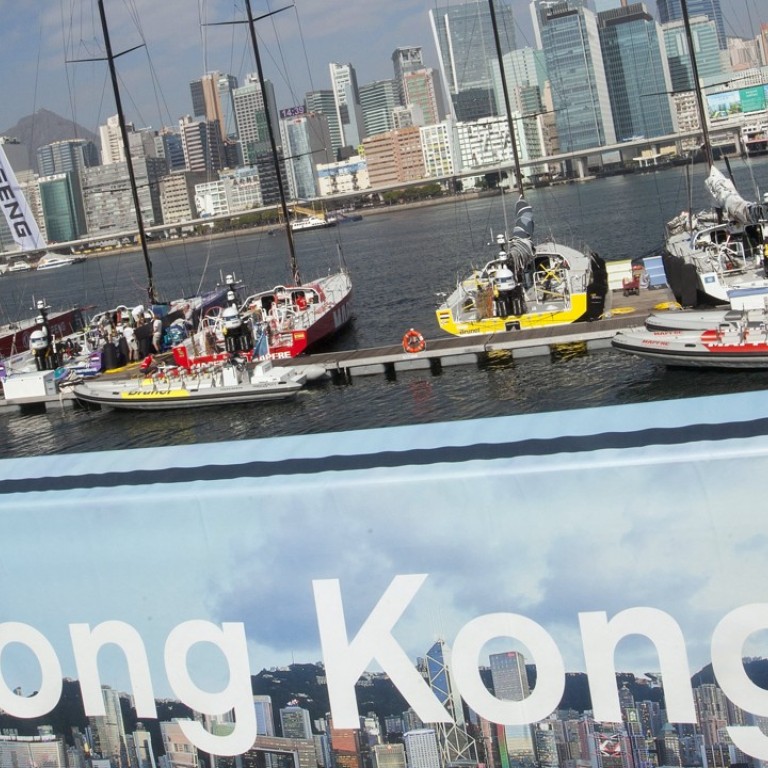
Volvo Ocean Race mooring itself to the Kai Tak Sports Park will put sailing on the map in Hong Kong
Staging a leg in the world’s toughest race can help with the bid to be the ‘sports capital of Asia’
There’s no prize money for coming first in a Volvo Ocean Race, just the prestige of leading the field in the world’s toughest and longest sporting event. But in 15 days, Hong Kong became the real winners.
Apart from the Hong Kong team Sun Hung Kai/Scallywag taking the leg that really mattered to them, there was the chance to showcase the beauty of Victoria Harbour – again.
As Dongfeng skipper Charles Caudrelier said as he was about to board his boat and sail the next leg: “There are few places in the world you can do this knowing that millions of people are watching from the buildings.”
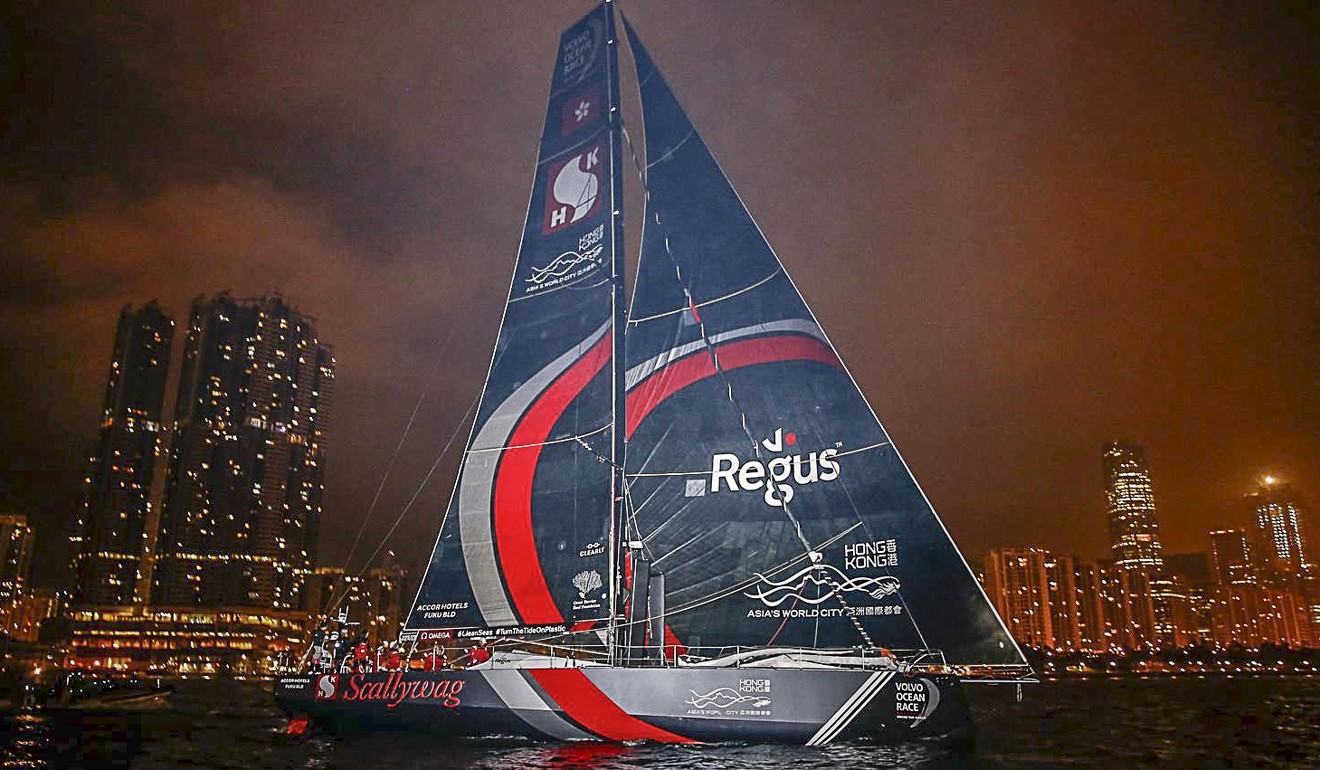
Indeed, while the world watched, the question on everyone’s lips is “have we done enough to win the Volvo back again?” The tender process starts now.
Previously, Sanya has hosted it twice, and Qingdao and Singapore once in recent editions so there could be a lot of competition for the Asian leg in the future.
More than 100,000 people came through the race village set up in Kai Tak Runway Park, including 12,500 schoolchildren.
Restaurateur Wayne Parfitt, one of the food providers in the village, said: “This was always going to be one of the toughest stopovers for Volvo as the new kid on the block. It far, far exceeded our expectations.

“I’ve never seen so many local families sat on the grass enjoying the atmosphere and entertainment.
“It occurred to me when the event started that this is a terrific venue, and there’s plenty of outdoor space in a stunning location.”
The main criticism of the village was that despite free ferries and buses, it was not easy to access. Partly, perhaps, because Kai Tak is not yet on everyone’s radar.
However, in about five years’ time the area will have better transport links and will become Hong Kong’s main sports hub. Many will then see the light about the side of the harbour often termed “the dark side”.

After years of government inertia and wrangling, the much anticipated Sports Park is now in a tendering process.
“The Hong Kong government is forging ahead with the Kai Tak Sports Park just north of this Runway Park,” said Betty Fung, Permanent Secretary for Home Affairs. “The 28-hectare park comprises a 50,000-seat main stadium, a 10,000-seat indoor sports centre, a 5,000-seat public sports ground and about eight hectares of public open space, including space for setting up an event village.
“Upon completion in 2022-23, we have every confidence that more international sports events like the Volvo Ocean Village be attracted to Hong Kong, thus strengthening our position as a sports event capital in Asia,” said Fung.
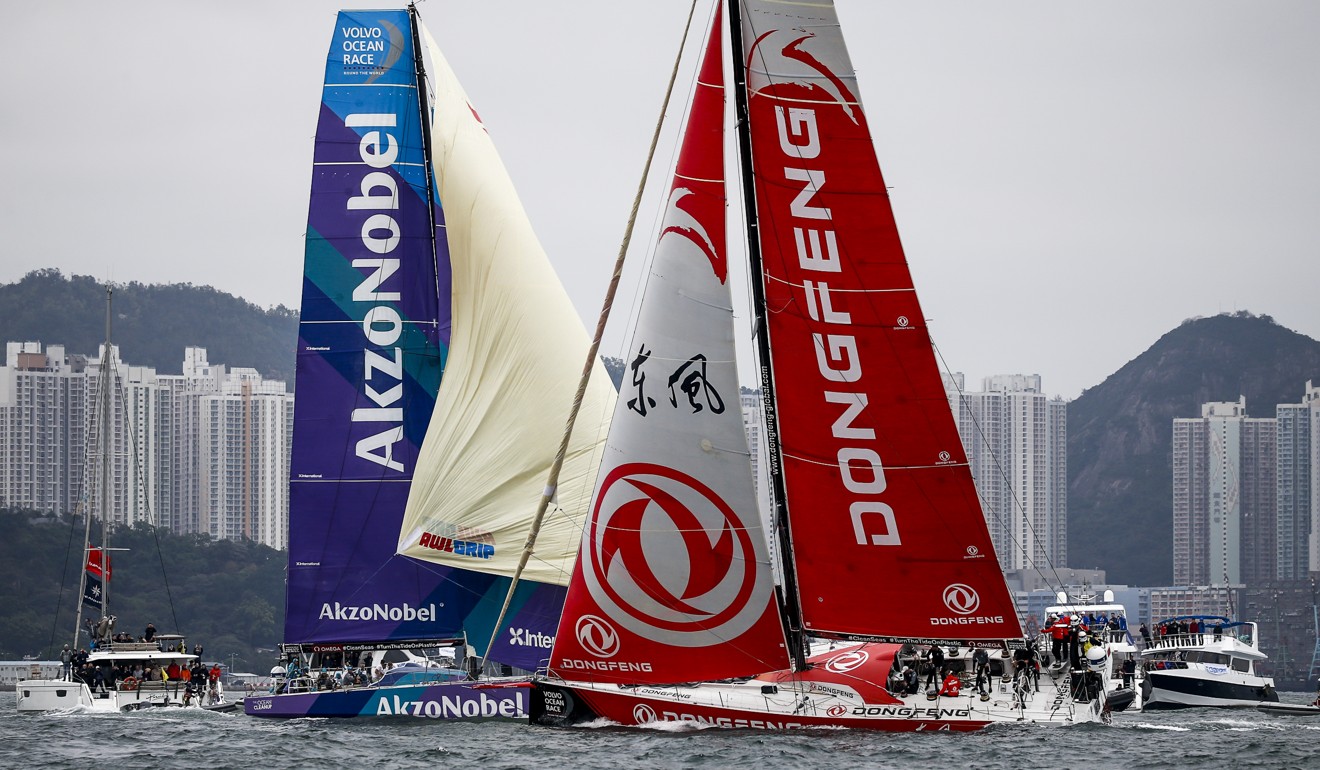
For the stopover in Hong Kong, the race village gave a chance for people to dip their toes in the water and see what it’s like to attend a major sporting fixture in the Kai Tak area.
This will be the norm with the new stadium in operation less than 2.5 kilometres (1.55 miles) away from the tip of the famous old runway.
When the Sports Park opens, it will take just four new MTR stops to Wan Chai, the spiritual home of the Hong Kong Sevens.
The stations are under construction as part of the Sha Tin-Central line. The name of the station near Wan Chai will be Exhibition, aptly named for some rugby fans.
It took some convincing last year for the stadium project to get the funding go-ahead, with politician Leung Kwok-hung, the thorn in the government’s side commonly known as “Long Hair”, referring to the consultants as “insultants”, but now it has been embraced by government.
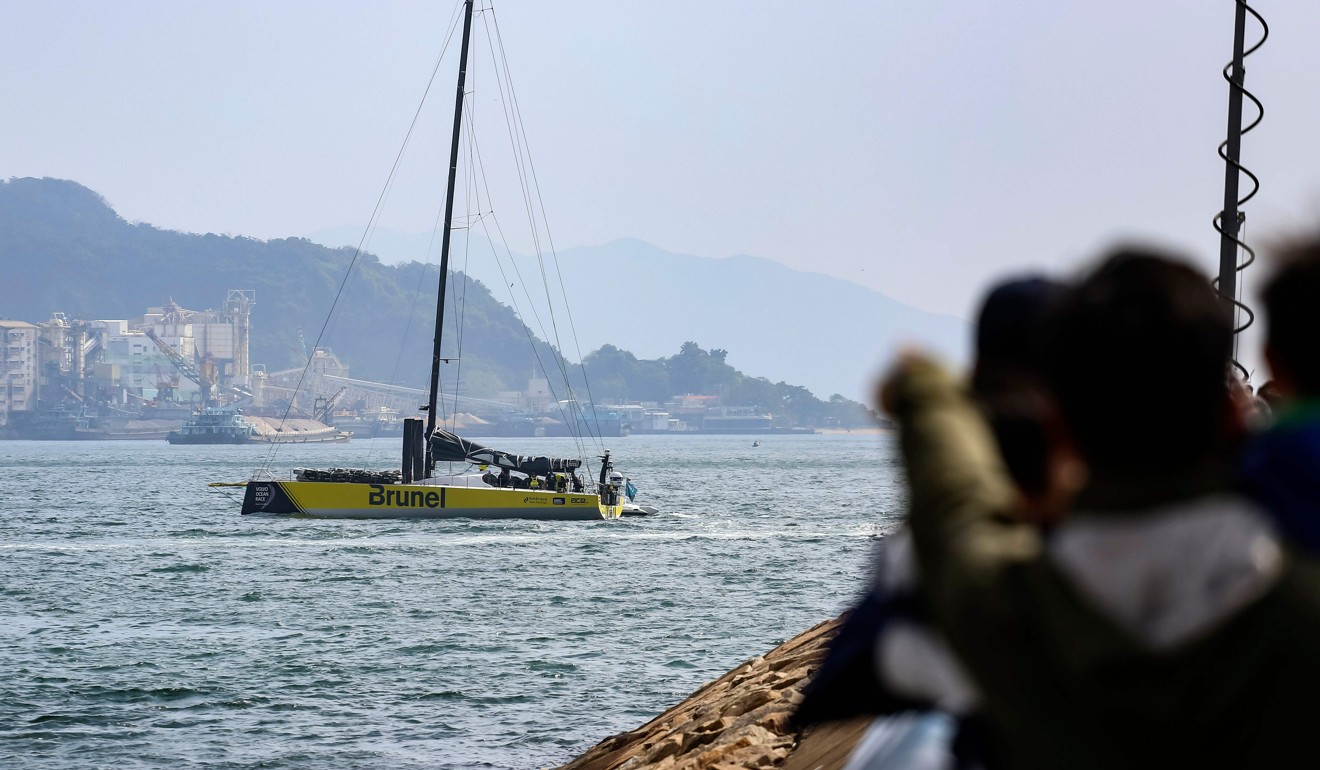
Hong Kong is ever quick to recognise an opportunity and knows more than most places about return on investment.
It will take some months to collate the figures but if the numbers from cities in previous Volvo Ocean Races are a measure, the ledger will be trending in the right direction.
New Zealand’s economic return on investment was 125 per cent last edition due to the Auckland stopover, and the increase in Spanish GDP from the starting city being Alicante was€€89.3 million (US$ 111.5 million).
“The 2017-18 Volvo Ocean Race has put Hong Kong on the global sailing map and made history for our city in many ways,” Fung said.
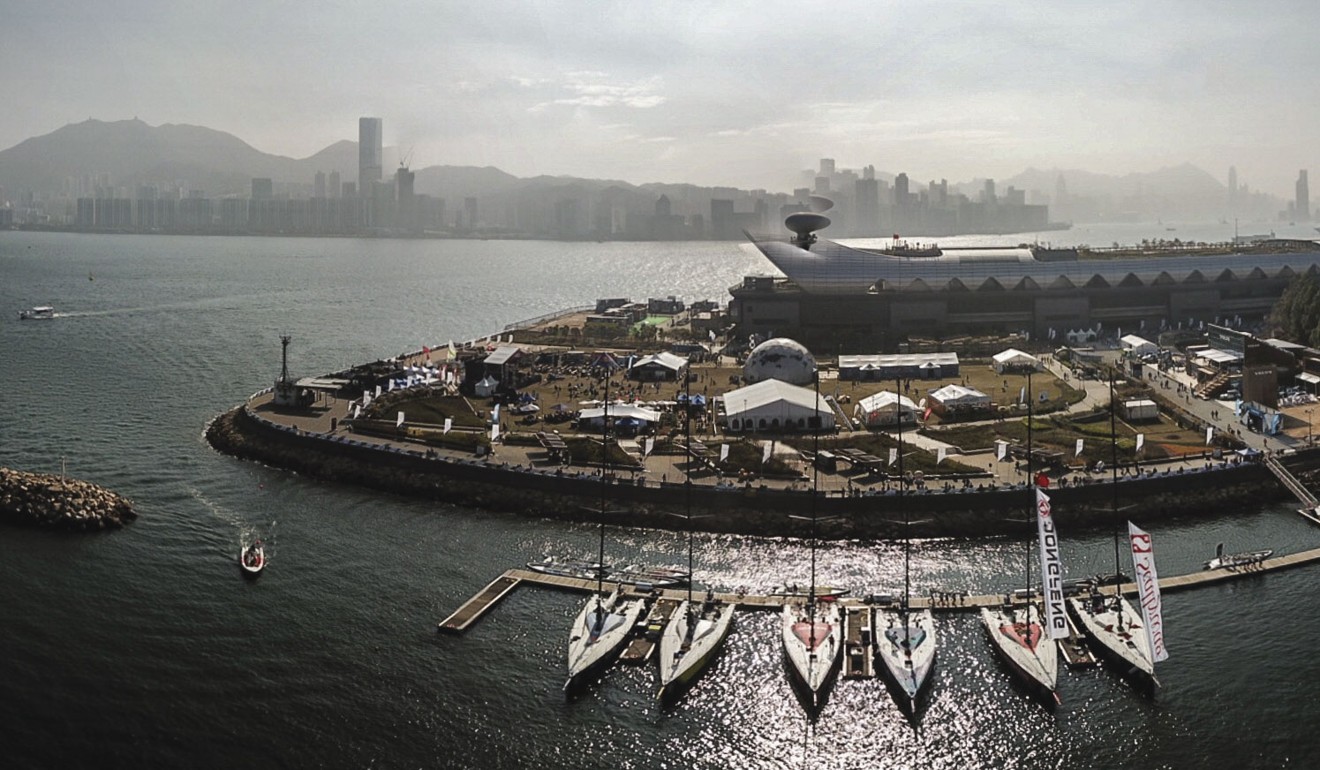
Like those who remember the first Rugby Sevens in Hong Kong in 1976, many will hopefully be able to look back on their first Volvo Ocean Race in Hong Kong and their first Kai Tak event experience.
The area can be our Field of Dreams.
We’ve already shown we can knock them out of the park with a sporting event that made the world stand up and take notice.

